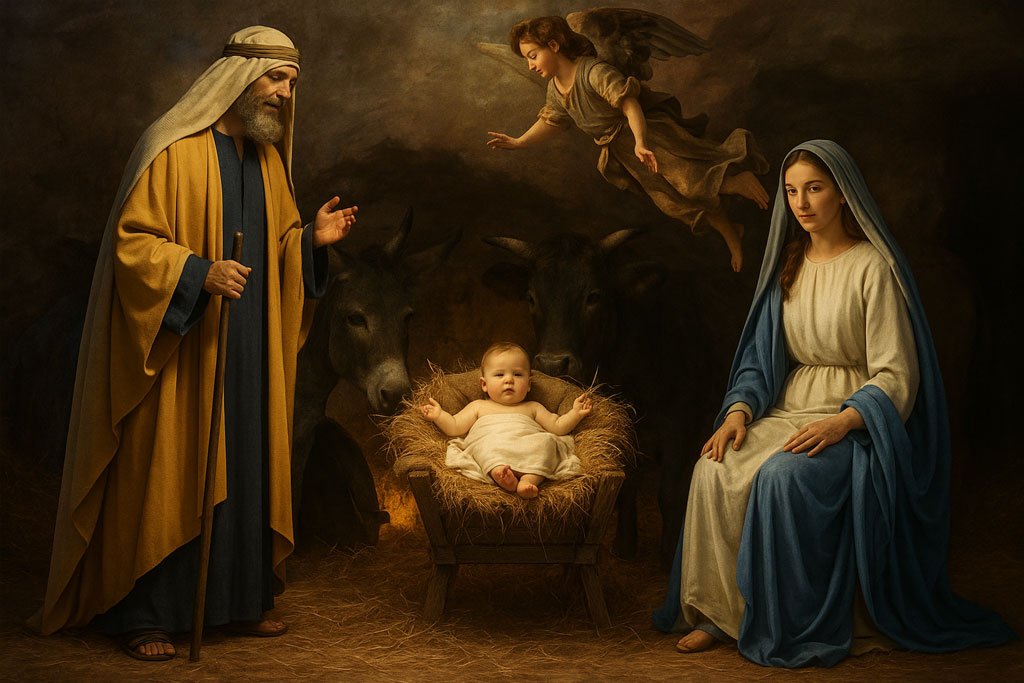A second view suggests that December 25 became the date of Jesus’ birth by a priori reasoning that identified the spring equinox as the date of the creation of the world and the fourth day of creation, when the light was created, as the day of Jesus’ conception (i.e., March 25). December 25, nine months later, then became the date of Jesus’ birth. For a long time the celebration of Jesus’ birth was observed in conjunction with his baptism, celebrated January 6.
Facts Matter. Support the truth and unlock all of Britannica’s content.Special 30% off Holiday Sale!
Christmas began to be widely celebrated with a specific liturgy in the 9th century but did not attain the liturgical importance of either Good Friday or Easter, the other two major Christian holidays. Roman Catholic churches celebrate the first Christmas mass at midnight, and Protestant churches have increasingly held Christmas candlelight services late on the evening of December 24. A special service of “lessons and carols” intertwines Christmas carols with Scripture readings narrating salvation history from the Fall in the Garden of Eden to the coming of Christ. The service, inaugurated by E.W. Benson and adopted at the University of Cambridge, has become widely popular.
Contemporary Customs In The West
Christmas: Advent calendars and wreathsLearn about the Christmas traditions of Advent calendars and wreaths.Contunico
© ZDF Enterprises GmbH, Mainz
Christmas treeHistory of the Christmas tree.Contunico © ZDF Enterprises GmbH, Mainz
None of the contemporary Christmas customs have their origin in theological or liturgical affirmations, and most are of fairly recent date. The Renaissance humanist Sebastian Brant recorded, in Das Narrenschiff (1494; The Ship of Fools), the custom of placing branches of fir trees in houses. Even though there is some uncertainty about the precise date and origin of the tradition of the Christmas tree, it appears that fir trees decorated with apples were first known in Strasbourg in 1605. The first use of candles on such trees is recorded by a Silesian duchess in 1611. The Advent wreath—made of fir branches, with four candles denoting the four Sundays of the Advent season—is of even more recent origin, especially in North America.
